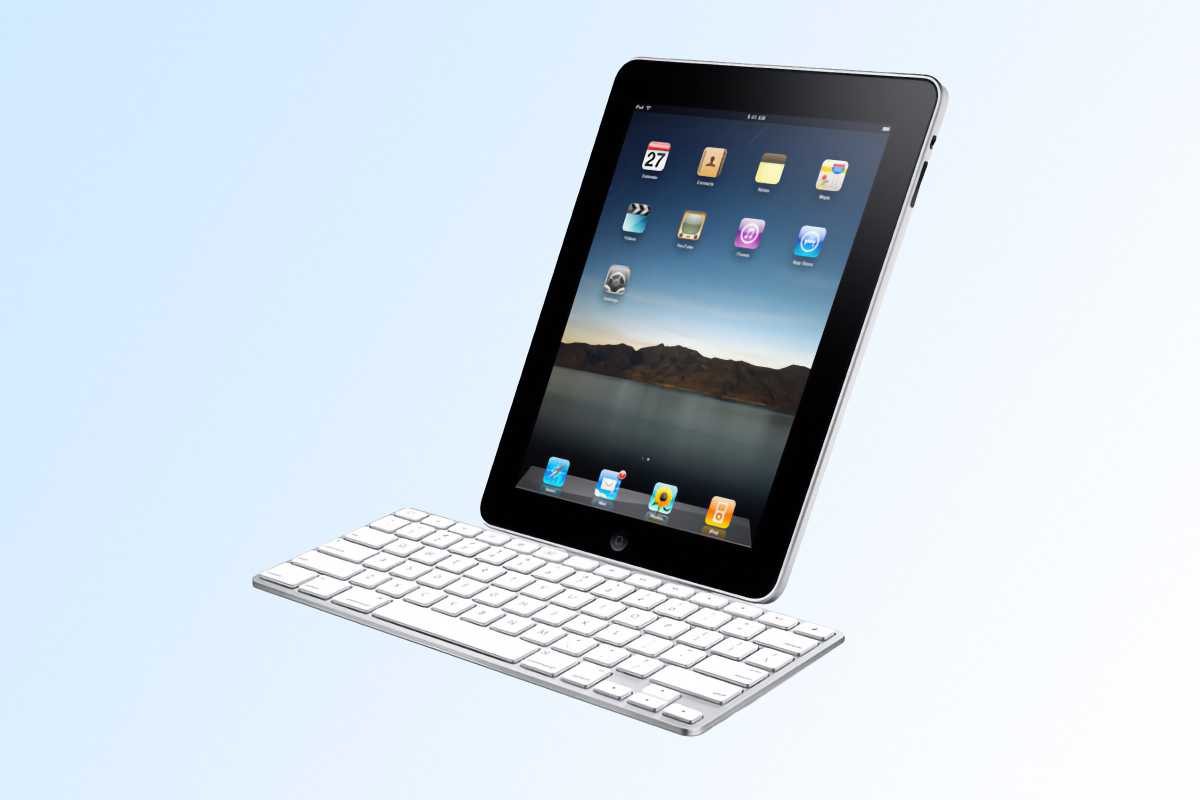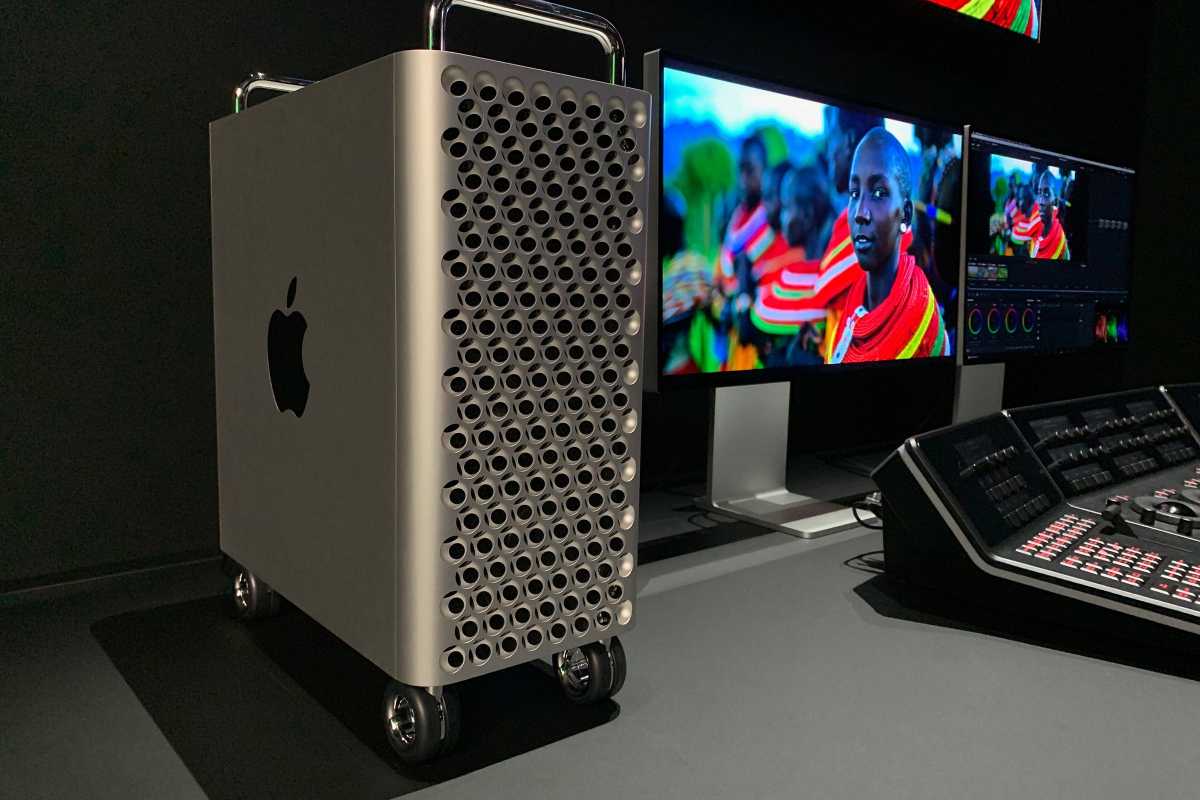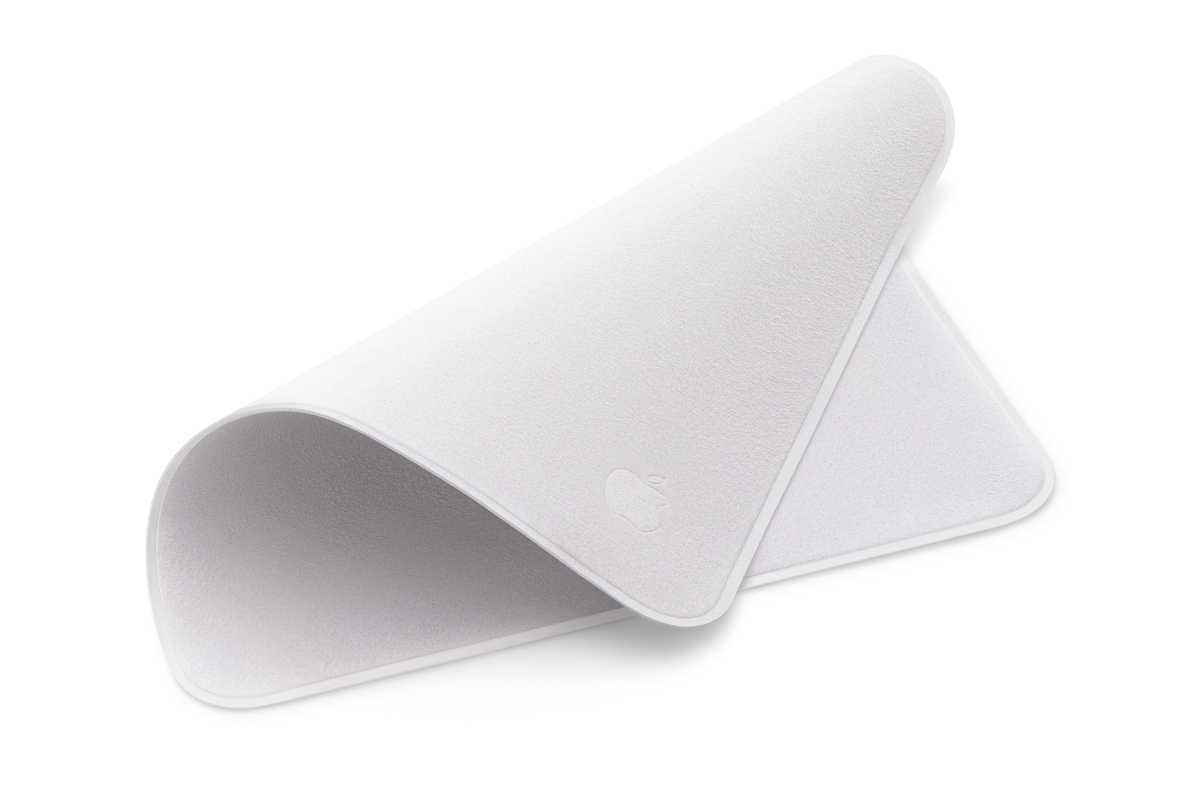
Summary generated by Smart Answers AI
In summary:
- Macworld explores Apple’s history of unusual and expensive product offerings, from funky iPod socks to the standout iPhone Pocket collaboration with Issey Miyake.
- These accessories showcase Apple’s ability to turn simple items into premium products, including a $19 polishing cloth that has become a sensation and a collector’s item.
- Notable failures include the $349 iPod Hi-Fi stereo system, which was discontinued after poor sales, and expensive Mac Pro accessories like $699 lockless wheels.
- Apple’s accessories strategy continues with items like the $59 iPhone Crossbody Strap, demonstrating the company’s continued focus on premium brands despite controversial pricing.
Apple is best known for its premium devices like the Mac, iPhone, iPad, and Apple Watch, but the company also has a wide range of accessories, from USB cables to iPhone cases to Apple Watch bands. The company has just added a new member to its accessories family.
The new accessory called iPhone Pocket is the result of a collaboration between the company and Issey Miyake. It’s basically a small fabric sleeve with an expandable strap that’s described as “a beautiful way to wear and carry your iPhone.” Surprisingly, prices can reach $230 per piece.
But this isn’t Apple’s first surprising accessory. Read on as we dive into some of the company’s most surprising creations.
iPod socks
apple
When Steve Jobs announced iPod Socks as a “revolutionary new product” during an Apple keynote event in October 2004, many people laughed, thinking that Jobs wasn’t serious about releasing a line of colorful socks for iPods. Jobs even joked about how other companies were making a lot of money from third-party iPod accessories, while Apple didn’t have any official accessories at that point.
The idea was to compete with protective covers for iPods, but with an original, fun and unexpected touch that only Apple could provide. The socks were compatible with almost all iPod models available at the time and protected them from scratches when not in use.
The iPod socks weren’t exactly comfortable as you had to take the iPod out of the sock to access the click wheel. However, the accessory was fun, unique, and most importantly, affordable. A package that includes six color options costs $29, which is less than $5 per sock.
In many ways, we can say that the new iPhone Pocket has a touch of inspiration from iPod Socks.
U2 iPod

apple
Also in 2004, at the same event where Jobs announced iPod Socks, Apple also unveiled the U2 Special Edition iPod. To celebrate the good relationship between Apple and U2, the company released a special edition iPod in black with a red click wheel. On the back, an iPod had the signatures of each band member laser-etched.
Customers who purchased a U2 iPod also received an exclusive sticker and a $50 voucher to purchase the first-ever digital box set containing all of U2’s music up to that point. It was clearly designed specifically for U2 fans and it wasn’t the last time Apple and U2 caused waves of confusion.
Only four generations of the U2 iPod have been released over the years, making the product an expensive collector’s item for those who still have one. The existence of the U2 iPod is a reminder that Apple likes to collaborate on new products from time to time.
iPod Hi-Fi

apple
Marketed as a “reinvented home stereo,” the iPod Hi-Fi was Apple’s first attempt to bring music and its minimalist design language into the living room. A decade before the HomePod, the iPod Hi-Fi amplified songs played through an iPod with the help of multiple speakers and a large built-in amplifier.
Since AirPlay didn’t exist at the time, users had to connect their iPod to the Hi-Fi system using a 30-pin connector precariously placed on the top of the heavy speaker. There was also a 3.5mm headphone jack for connecting other devices to the iPod Hi-Fi.
Given its high price ($349), mediocre sound, and lack of wireless connectivity, the iPod Hi-Fi was not a huge success. Apple ended up discontinuing the product just one year later, after the first iPhone was released. And most people have probably never missed it.
iPad keyboard dock

apple
When Apple announced the first iPad in 2010, the company also introduced an interesting accessory: the iPad keyboard dock. Instead of a wireless keyboard or case, it was literally a dock with a full-sized keyboard attached.
Although Apple attempted to include keyboard shortcuts designed specifically for the iPad, the keyboard felt awkward, had no adjustability, and required the iPad to be plugged in via a 30-pin connector. For this reason, it was only possible to use the iPad with the keyboard in portrait orientation.
The accessory costs $69, which is fairly expensive for an old keyboard. The iPad Keyboard Dock was discontinued a year later, after the launch of the iPad 2. It took Apple four years to release another keyboard for the iPad, this time a much better keyboard (Smart Folio Keyboard).
Mac Pro Wheel and Pro Display Stand Set

apple
When Apple introduced the Mac Pro and Pro Display XDR for 2019, the company marketed it as a modular, professional desktop that could handle everything from 8K video editing to advanced 3D rendering. But alongside the long-awaited Mac and monitor, the company has unveiled two accessories that are making all the headlines.
For $699, customers can replace the standard stainless steel feet with a set of four polished wheels so they can move their Mac Pro with ease. The idea made sense for studio environments, but the price (roughly $175 per wheel) turned the Mac Pro Wheels Kit into a meme.
To make matters worse, Wheels doesn’t come with all the tools needed to install it on your Mac. Plus, the wheels don’t have locks, so the $6,000 computer can simply roll if the floor isn’t perfectly level.
But that wasn’t the only accessory offered that was confusingly expensive. While the display that came with the Mac Pro, the 32-inch 6K Pro Display
Instead, Apple sold the Pro Stand separately for the insane price of $999. It was impossible not to notice the negative reaction of the audience at the event during the announcement (which was notably Apple’s last live keynote).
Both products are over-designed, beautifully crafted, and difficult to justify. However, both are still available in stores.
Apple polishing cloth

apple
In 2021, Apple quietly released an accessory that no one asked for, but everyone was talking about. The Apple Polishing Cloth appeared on the company’s online store with a price tag of $19 and a simple description: a soft, non-abrasive material that “cleans any Apple screen.”
Almost immediately, the fabric went viral. Some derided it as the ultimate symbol of Apple’s luxury product pricing, while others defended it, claiming it worked better than cheap microfiber alternatives. The product even sold out within hours, with shipping times delayed by months.
It’s become something of a meme and collector’s item, proving that Apple can turn even a simple cleaning accessory into a status symbol. To this day, the polishing cloth is still for sale, and is a small but perfect example of Apple’s ability to make small things look premium.
Crossbody strap for iPhone

apple
Recently, Apple introduced another accessory that has divided people’s opinions: the iPhone Crossbody Strap. The strap attaches to all Apple iPhone 17 cases and allows users to wear their new iPhone as a fashion accessory, similar to the new iPhone Pocket.
While some don’t see any benefit in this accessory, others seem to like the idea of carrying their iPhone as if it were a small wallet. One thing we can’t deny is that the accessory isn’t cheap either: $59 per slim belt, box not included.
Strange, but very Apple
As you can see, Apple has a long history of trying to push new accessories. While some fail, others emphasize Apple’s ability to turn almost anything into a premium product.
It’s still too early to tell whether the new iPhone Pocket will be a hit or quietly disappear within a year, but at least Apple is once again trying to do something different.
